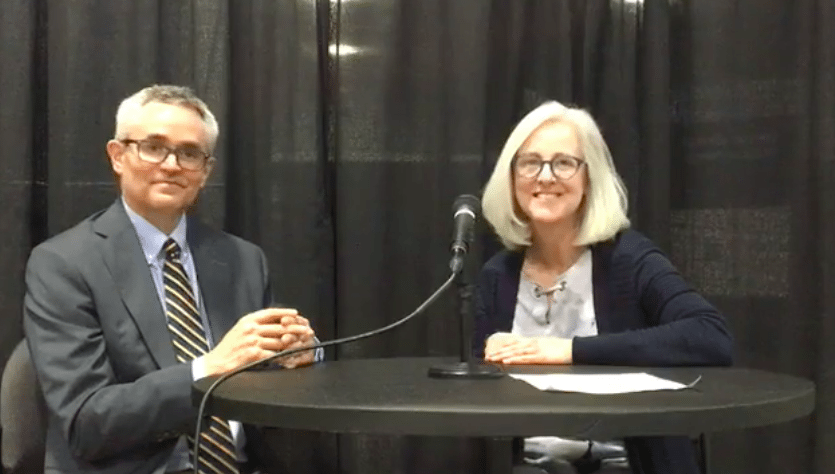Coaching for Constructive Struggle
by November 20th, 2018
In her book Faster Isn’t Smarter: Messages about Math, Teaching, and Learning in the 21st Century, Cathy Seeley talks about the importance of providing students with opportunities for constructive struggle through problem-solving experiences that are both engaging and challenging. As students engage in constructive struggle, they construct deep personal understanding of the mathematical ideas that…
#InspireMathCulture Reflections: Supporting Teachers’ Mathematical Identities
by November 09th, 2018
During our special live Twitter® #InspireMathCulture chat with Learning Forward co-led by Mary Mitchell, Senior Instructional Designer, and Sue Chapman, Professional Learning Consultant, we explored how we support teachers’ mathematical identities and open doors to equity for learners. Catch up on the discussion below and take some great strategies back to your classroom as you inspire a culture…
Join Us for our #InspireMathCulture Twitter Chat 11/7
by November 06th, 2018
Do you want to inspire a culture of mathematics in your classroom and school? Join @Math_Solutions for a special #InspireMathCulture Twitter chat co-hosted with Learning Forward on Wednesday, November 7th at 8pm ET/ 5pm PT. Mary Mitchell, Senior Instructional Designer, and Sue Chapman, Professional Learning Consultant, will co-lead a discussion on how we support teachers’ mathematical identities…
Learning from Student Writing in Math Class
by November 05th, 2018
In my early years teaching mathematics, I taught students to compare fractions the way I had learned as an elementary student—convert the fractions so they all have common denominators. However, in my more recent teaching of fractions, I do not teach one method. Instead, I prod students to think, reason, and make sense of comparing…
Coaching for a Mathematical Mindset, Part 3
by August 13th, 2018
Be sure to check out Part 1 and Part 2 of our “Coaching for a Mathematical Mindset” blog series. Below are two conversations between a teacher and a coach. How are they different? What might the teachers’ observations and explanations reveal about their mathematical mindsets? Conversation 1 Coach: You’ve been trying some new instructional practices…
Coaching for a Mathematical Mindset, Part 2
by July 24th, 2018
“Math has always been difficult for me to understand. Word problems are the worst. Every time I see a word problem it scares me. I already know I won’t be able to solve it.” These are not the words of a student in elementary school or even high school. They were written by Kimberly,…
Coaching for a Mathematical Mindset, Part 1
by June 05th, 2018
There’s a lot of talk these days about the importance of mathematical mindset and its impact on student learning. In About Teaching Mathematics, Fourth Edition, Marilyn Burns identifies six dispositions that are important for students to develop in the math classroom: Interest to figure out solutions to problems Willingness to persevere when solutions are not…
Welcome Senior Fellow Dr. Matt Larson
by May 25th, 2018
We are so pleased to welcome Dr. Matt Larson to the Math Solutions family as our first Senior Fellow of Professional Learning. Matt has always believed that Professional Learning is the gateway to improving equity, access, and empowerment. He has joined Math Solutions to transform Professional Development for math educators to help students learn the…
Using Math Talk in Elementary Classrooms
by October 20th, 2017
Suzanne H. Chapin, Catherine O’Connor, and Nancy Canavan Anderson Teachers typically are comfortable leading classroom discussions when teaching literature or providing social studies instruction. They value these discussions and rely on them to support students’ learning. However, many teachers aren’t as comfortable making use of classroom discussions for mathematics instruction. In Classroom Discussions: Using Math…
Breaking Numbers Apart
by September 18th, 2017
From a Kindergarten and First-Grade Classroom After asking the students to come join me in a circle on the rug, I wrote the number 10 at the top of a piece of chart paper. Next I distributed interlocking cubes by carefully pouring them out near the students so that each child had access to them.…










